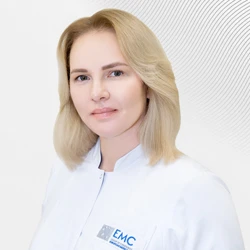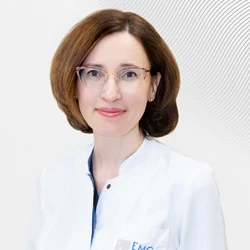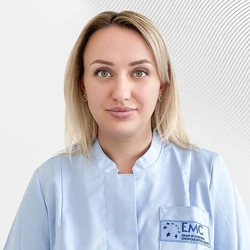Acute appendicitis is an inflammation of the appendix and one of the most common diseases of the abdominal cavity in childhood, requiring urgent surgical intervention. In children, the course of acute appendicitis differs slightly from adults, which is related to age characteristics.
Appendicitis develops faster in childhood and more often leads to peritonitis (a severe complication of the disease) than in adults, especially in children of the first years of life. Acute appendicitis can occur at any age, but it is mainly observed after 7 years of age. Girls and boys get sick equally often.
Symptoms of acute appendicitis
In children over 3 years of age, acute appendicitis usually begins gradually. The main symptom is pain, more often near the navel, then engulfs the entire abdomen and only after a few hours is localized in the right iliac region. Usually the pain is constant and aching. Vomiting is usually a single occurrence, with some children experiencing stool retention. Body temperature in the first hours may be normal or slightly elevated in uncomplicated forms of acute appendicitis. As a rule, sleep is disrupted, and appetite is reduced or completely absent.
The clinical picture of acute appendicitis in toddlers most often develops rapidly, against the background of complete health. The child becomes restless, moody, refuses to eat, the temperature rises to 38-39 °C, repeated vomiting occurs and multiple loose stools often develop. Blood or mucus may be present in the stool.
If parents notice all or several of the above symptoms in a child, they should immediately consult a doctor to take urgent measures or eliminate the need for surgery. Before the doctor arrives, it is important to remember what and when the child ate the last time, when and how many times there were stools and vomiting. Be sure to measure the temperature and pay attention to how the child prefers to lie down.
Diagnosis of acute appendicitis
In most cases, the diagnosis can be established by a doctor upon examination, without the use of additional research. Despite this, it is mandatory to perform a clinical blood test, which shows changes characteristic of the inflammatory process. And patients with acute abdominal pain are shown to undergo an ultrasound examination (ultrasound), which allows them to identify changes characteristic of acute appendicitis, and to identify changes in the abdominal and pelvic organs that may produce a similar picture to acute appendicitis. To obtain reliable information, ultrasound should be performed by a pediatric specialist who is well aware of the features of the abdominal organs in children.
If the diagnosis is in doubt, the child must be hospitalized and monitored for 24 hours. The child must be under the constant supervision of a surgeon. In some cases, diagnostic laparoscopy is indicated, which is the only way to visually assess the condition of the appendix before surgery, and if acute appendicitis is excluded, it allows for a gentle revision of the abdominal organs to identify the cause of abdominal pain.
Acute abdominal pain in children can also be caused by other diseases, such as pleuropneumonia, intestinal infections, viral respiratory diseases, renal colic, and other acute surgical diseases of the abdominal cavity, which can be difficult to differentiate from acute appendicitis.
Surgical treatment of acute appendicitis
In the EMC Children's Clinic, laparoscopic appendectomy is preferred for surgical intervention, which is associated with a lower risk of complications and wound infection, is less traumatic for the child and has an excellent cosmetic effect. However, traditional intervention has not completely lost its importance and in some cases may be preferable.
All necessary conditions are provided for surgical treatment of appendicitis at the EMC Children's Clinic:
-
highly qualified surgeons of the clinic are proficient in all modern methods of laparoscopic interventions and have the appropriate certificates;
-
the necessary high-tech equipment and special tools for minimally invasive interventions are used;
-
The operation is accompanied by an experienced anesthesiologist, and modern and safe anesthesia for children is used for laparoscopic procedures.
Postoperative period
The postoperative period is equally important. The clinic has all the conditions for a comfortable stay of children in the intensive care unit, where they can stay with their mother. The ward is equipped with high-tech equipment, round-the-clock monitoring systems are installed, and a nurse continuously monitors the condition of young patients.
Children are always treated with antibacterial therapy after surgery. After a traditional appendectomy, anesthesia is usually required for 2-3 days, and after a laparoscopic procedure, it is usually within the first day after surgery. Feeding the baby begins from the first postoperative day. On the 4th–5th day, a control ultrasound examination and clinical tests are performed.
Within a week after discharge from the hospital, a child can attend a preschool or school. For the first two weeks after discharge, it is recommended to feed the child in small portions several times a day to eliminate the possibility of overeating. As a rule, a child is released from physical education for 1 month.
Was this information helpful?
Questions and answers
Ask a Question









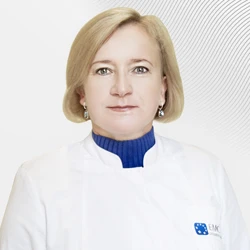
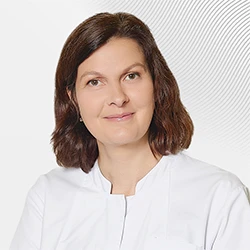


.webp)
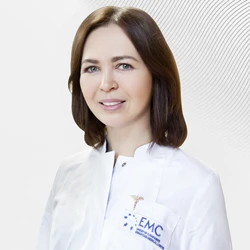
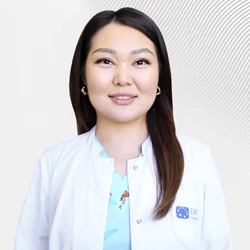
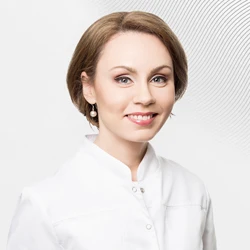

.webp)
